'Niksen' Is the Dutch Design Philosophy You Really Need to Try If Your Home Always Feels Chaotic
All about creating room to rest, reflect, and recharge, here's how this way of life, borrowed from the Netherlands, can be designed into the very being of your home

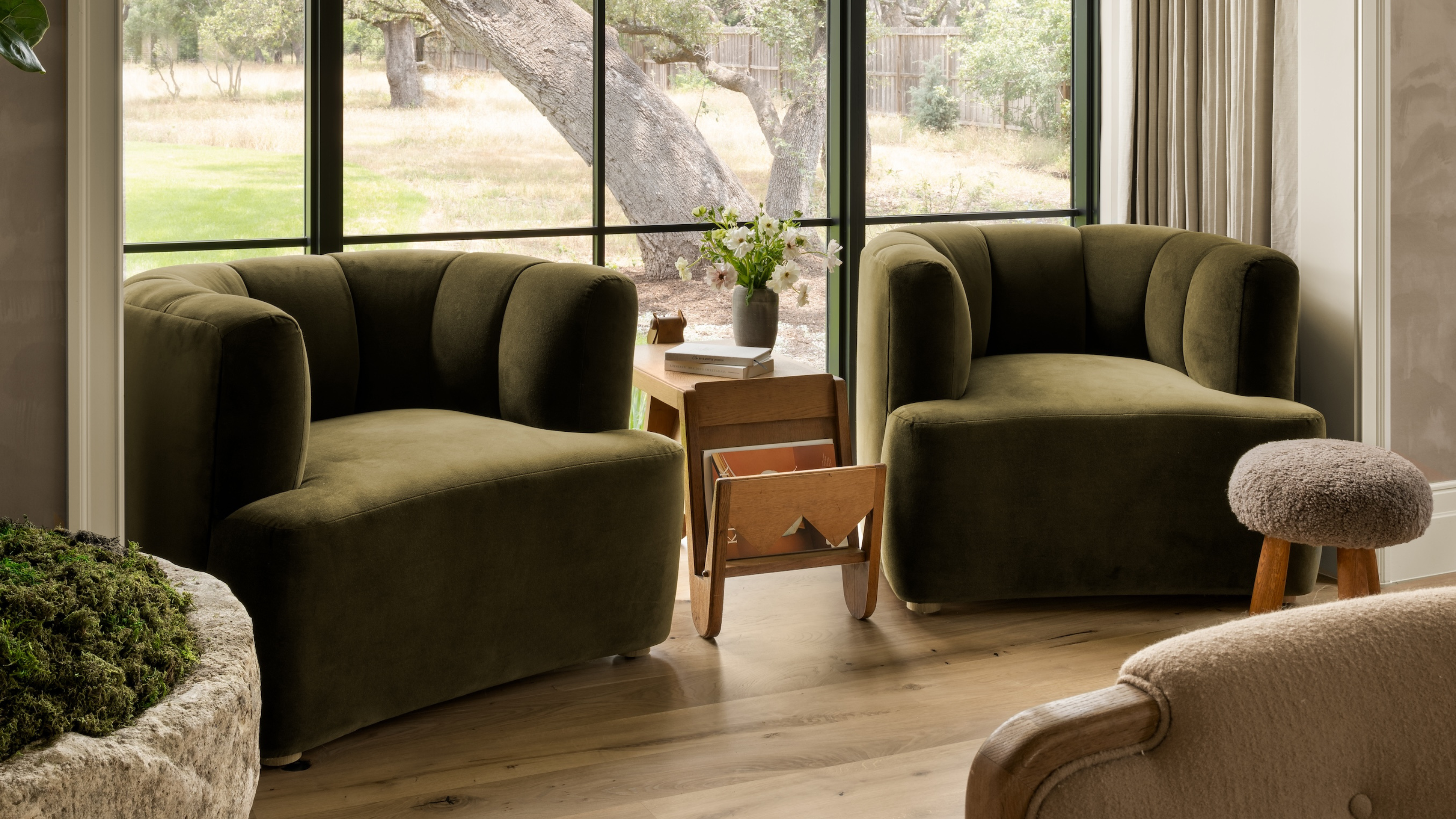
Imagine a world where doing absolutely nothing is considered a skill — and a highly desirable one at that. Welcome to the Netherlands, where the Dutch philosophy of niksen, the art of purposeful idleness, is a common practice.
It’s one that’s gaining traction, and it just might be the new hygge. Rooted in a culture that prizes balance and well-being, niksen invites us to let go of productivity and embrace the simple joy of being. “Niksen is downtime, quiet time, finding a moment to unwind and relax, and maybe reflect a little,” writes Olga Mecking in Niksen: Embracing the Dutch Art of Doing Nothing. In many ways, it’s easier to define niksen by describing all of the things it is not. “Niksen isn’t reading books, watching TV, or browsing social media,” explains Olga. Instead, niksen looks more like “gazing out of the window, sitting still, or looking around the room.”
But how can you translate this practice into your interior design? From carving out a cozy corner for daydreaming to decluttering your schedule as much as your shelves, this guide will show you how to create an environment that not only accommodates niksen, but actively encourages it.
1. Design a Tech-Free Zone
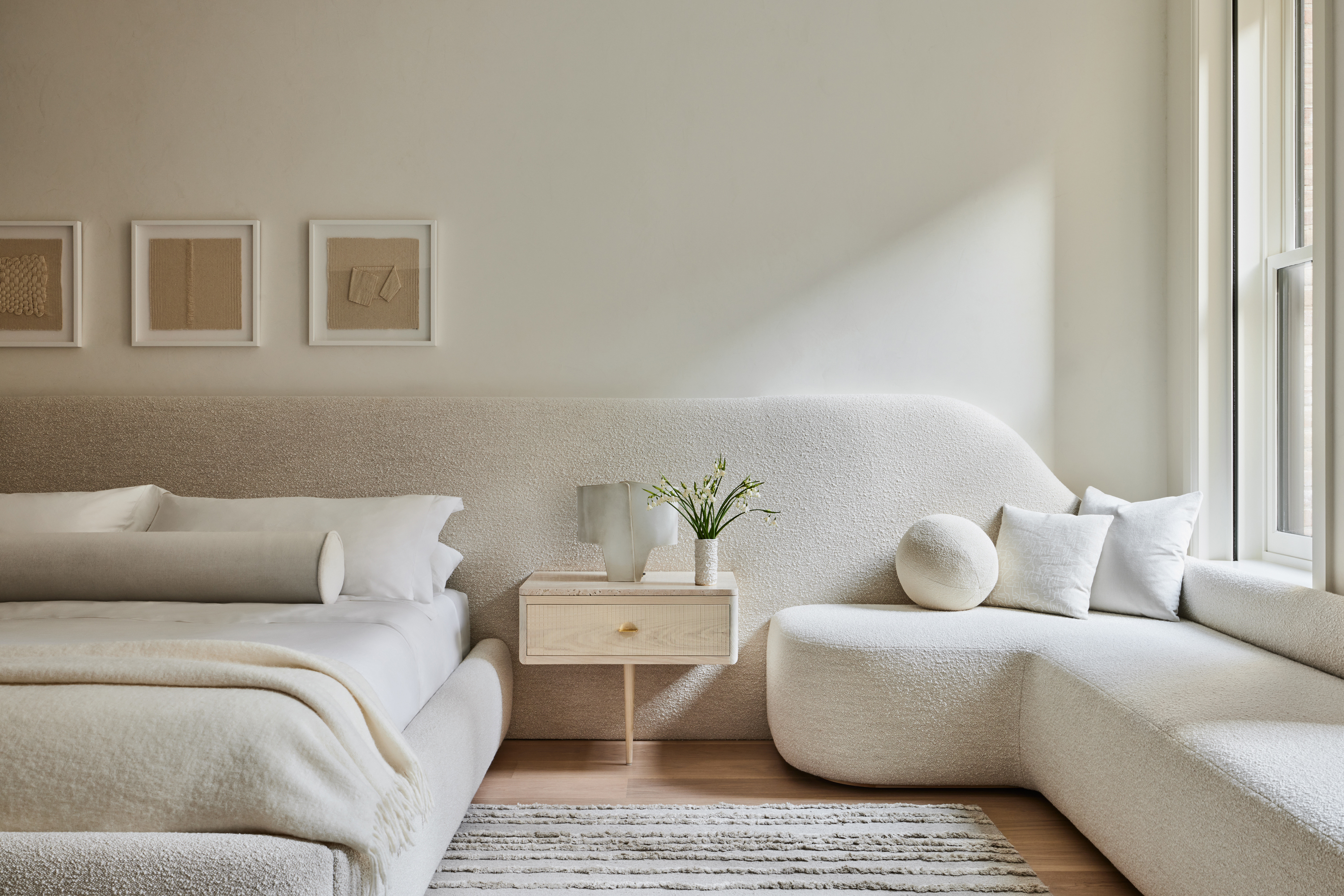
“Our living spaces should provide a sanctuary from everyday life,” says interior designer Tiffany Matthews, founder of Motif Homes. She recommends creating tech-free environments, especially in bedrooms, by hiding electronic devices and replacing them with meaningful objects. “We utilize drawers to conceal cords and enhance the nightstand's top with items such as journals, books, photographs, and plants.”
2. Create a Dedicated Relaxation Spot

“In today's fast-paced environment, we must pencil ‘doing nothing’ into our agendas,” says Miami-based designer Ania Agárdy.
Set up a 'digital detox corner' or nook with a comfy armchair, a soft throw blanket, and calming lighting. “The main thing is to focus on comfort and relaxation. Maybe even light a scented candle or use essential oils with calming scents like lavender or eucalyptus.”
For an outdoor retreat, Ania suggests a hammock for dozing off while listening to nothing but silence.
The Livingetc newsletters are your inside source for what’s shaping interiors now - and what’s next. Discover trend forecasts, smart style ideas, and curated shopping inspiration that brings design to life. Subscribe today and stay ahead of the curve.
3. Define the purpose of each room in your home
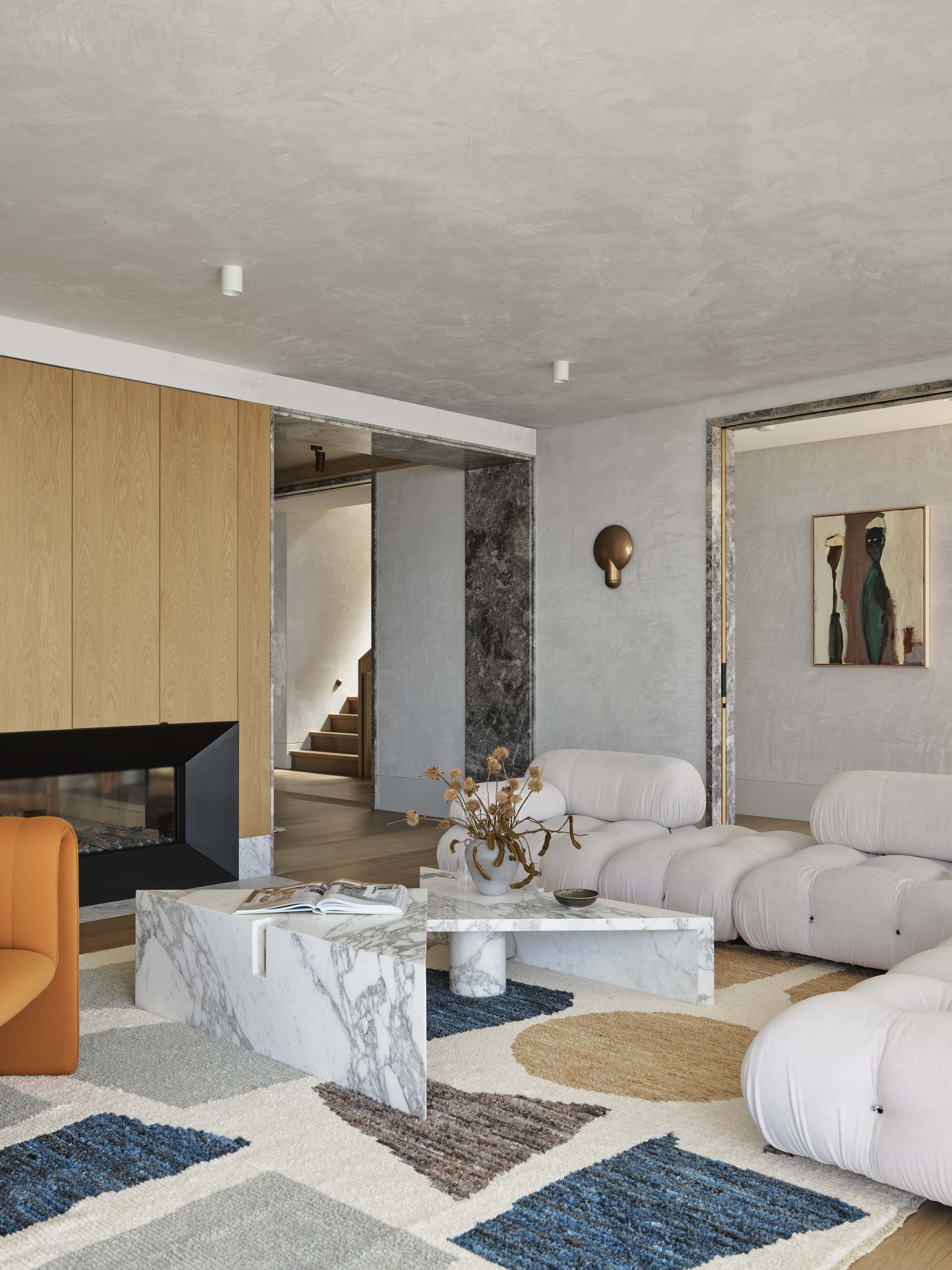
“Each room needs to serve a specific purpose, even in open-concept living areas,” explains Tiffany. Clearly delineating spaces for work, play, and relaxation helps maintain boundaries, allowing areas meant for rest to remain sacred. By embracing this practice, you can carve out dedicated spaces to fully unwind.
4. Design specifically for the art of doing nothing
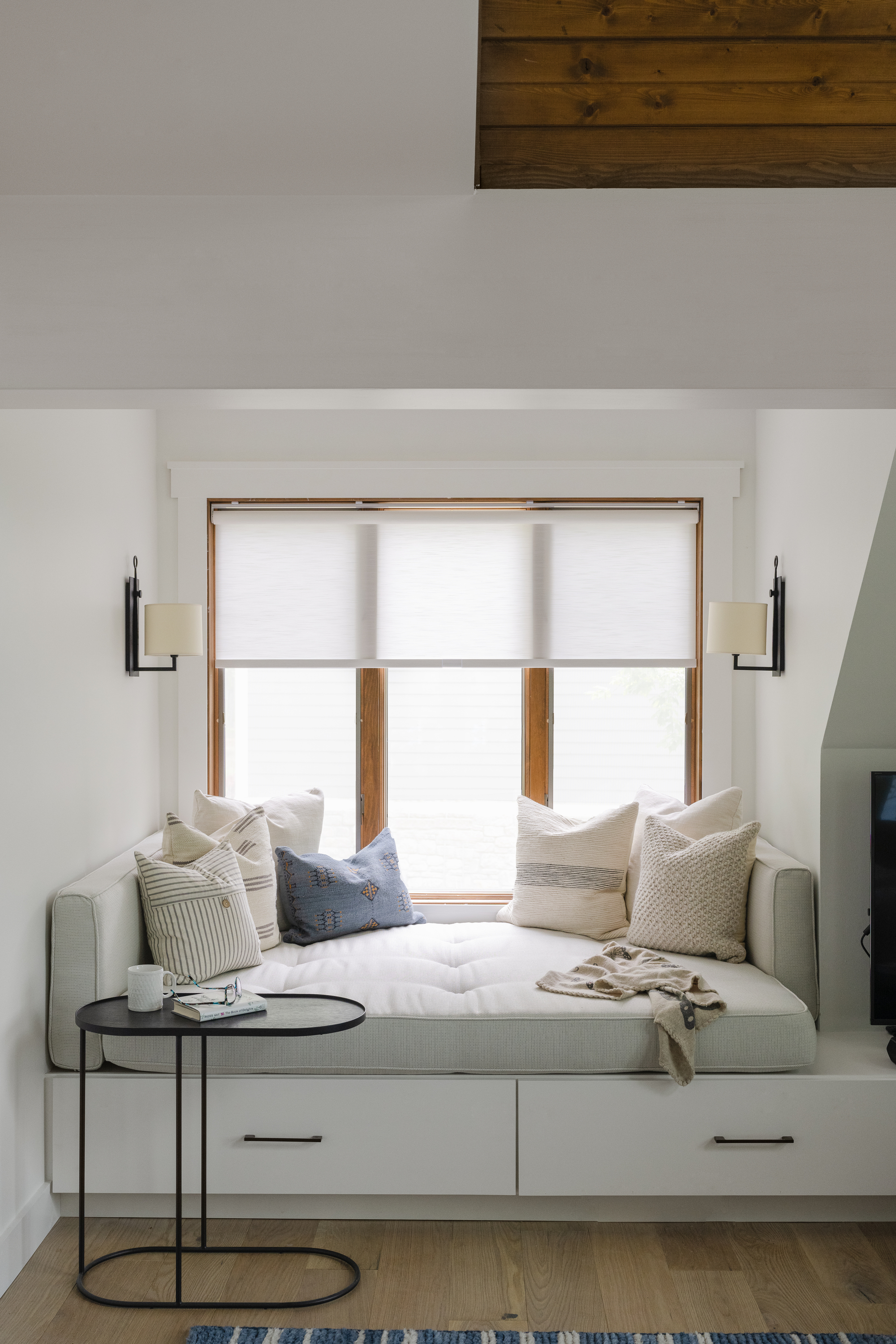
“Who wouldn't say ‘yes’ to a spot intentionally designed for the art of doing nothing?” asks interior designer Susan Yeley of Susan Yeley Homes.
The best places for niksen include “cozy nooks, sink-in lounge furniture, spots that are warm — in a patch of sun, or by the fire — and protected — set into a wall or a corner.” These intentional spaces invite you to slow down and savor the moment.
5. Connect to nature with serene patterns
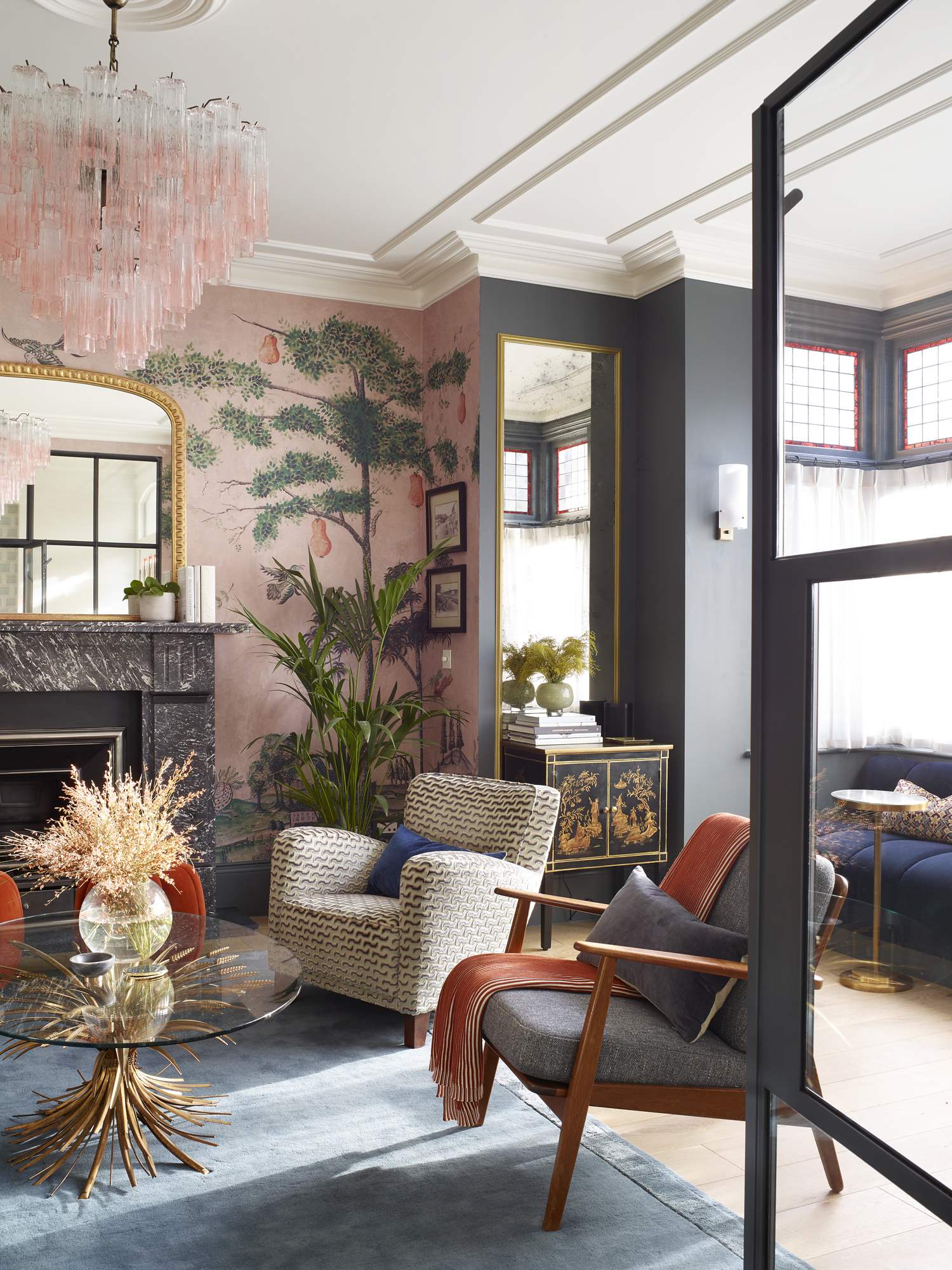
Nashville and Connecticut-based interior designer Kate Figler highlights the importance of maintaining an indoor-outdoor connection in relaxation spaces. “What better way to create a space to unplug and relax than to fill it with such organic and serene materials?” she asks, referencing design elements like wallpapers with whimsical motifs and bamboo-inspired chairs that echo nature’s patterns. These touches ground your space in tranquility and calm and give you something to focus your attention on as your mind wanders.
6. Keep it minimal and comfort-focused
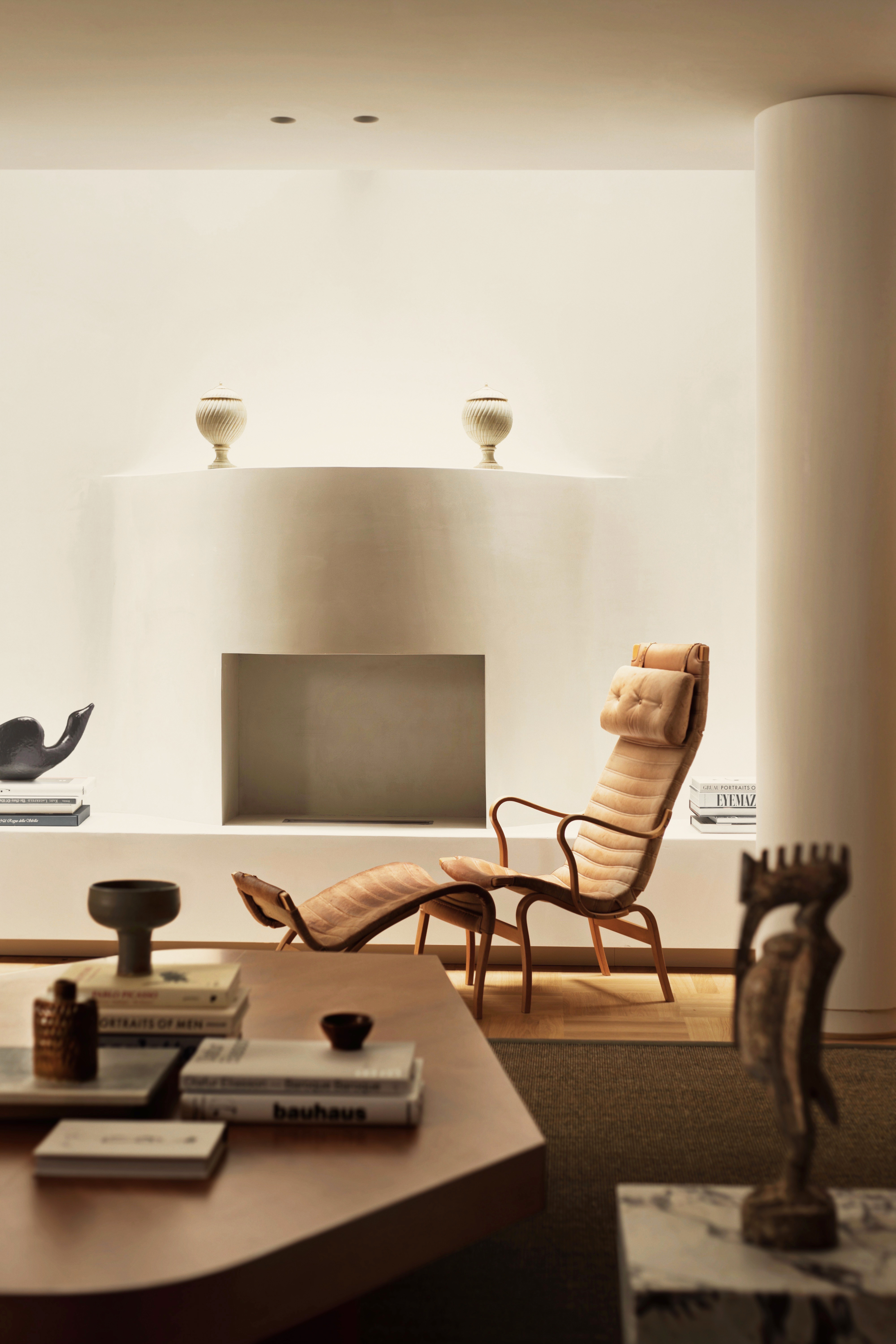
Ania Agárdy emphasizes simplicity for your niksen spot: “All you need is an ultra-comfy armchair or chaise, a soft throw blanket, and calming lighting.”
Minimalism reduces distractions and creates a serene atmosphere, allowing you to fully embrace moments of rest.
7. Turn your bed into a cozy retreat
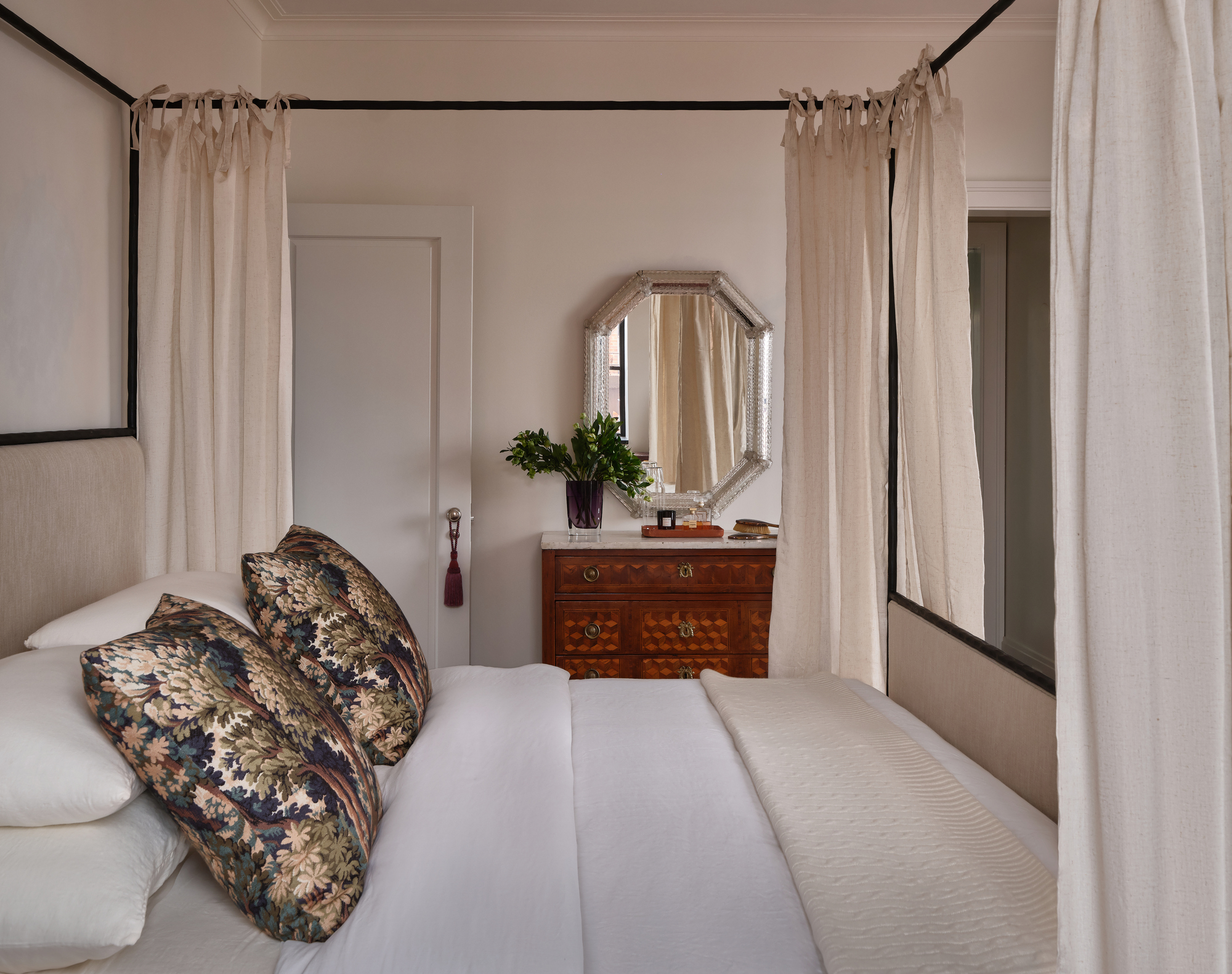
Leah Cumming, founder of homewares brand Maison Madeleine, believes in the transformative power of a four-post canopy bed to create a retreat-like atmosphere. “Ever since I was a little kid, I dreamed of having a four-post canopy bed. There was something that felt so special and secluded about it,” she shares.
Now that she has one, she’s never looking back. “It makes my bedroom feel like an oasis and secluded sanctuary. There’s something incredibly cozy and comforting about closing the drapes at night.” Adding canopy curtains can create a private, cocoon-like effect, making your bed a true escape from the world.
8. Design a space that connects to the view
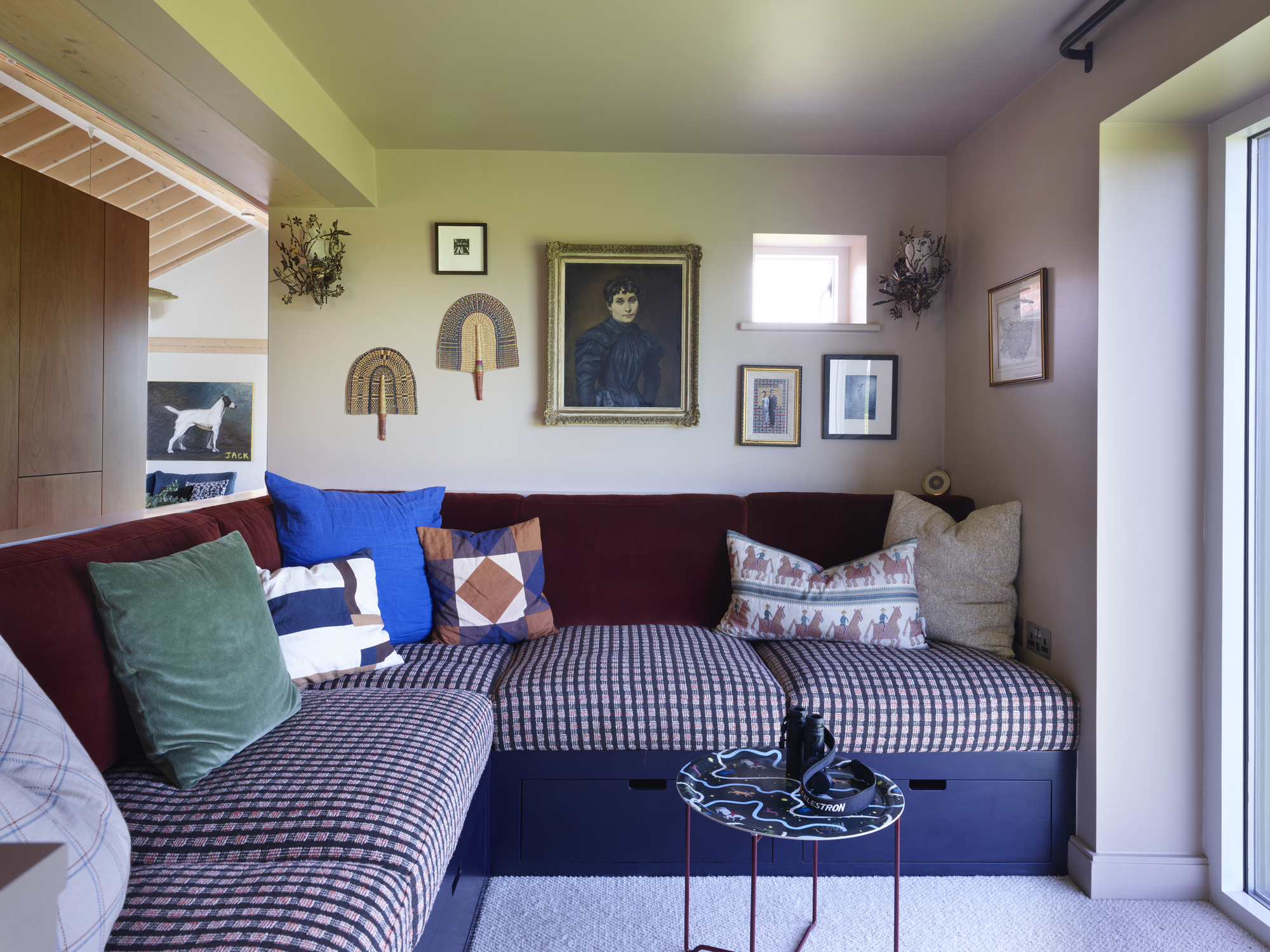
Take inspiration from Cat Dal Interiors and create moments of solace in your home by designing a space that connects with the view. Whether it’s “a reading corner, considered bathroom, or a well-crafted nook,” the goal is to create “a space to retreat to, that invites you to unwind and disarm.”
In their recent barn project in Suffolk, they transformed a corner into a snug with “the sole purpose of enjoying the view and doing nothing.” A cozy bespoke sofa, plenty of space to lounge, and binoculars for spotting wildlife complete the setting.

Kristen Flanagan is an interior design journalist and editor with an insatiable appetite for great design and the stories that bring it to life. She’s held staff positions at award-winning global brands, like West Elm, Architectural Digest, and Martha Stewart Living, shaping content that’s as stylish as it is smart. Her work has appeared in Livingetc, Domino, ELLE Decor, House & Garden, House Beautiful, Veranda, and more, covering everything from bold color trends to must-see home tours.